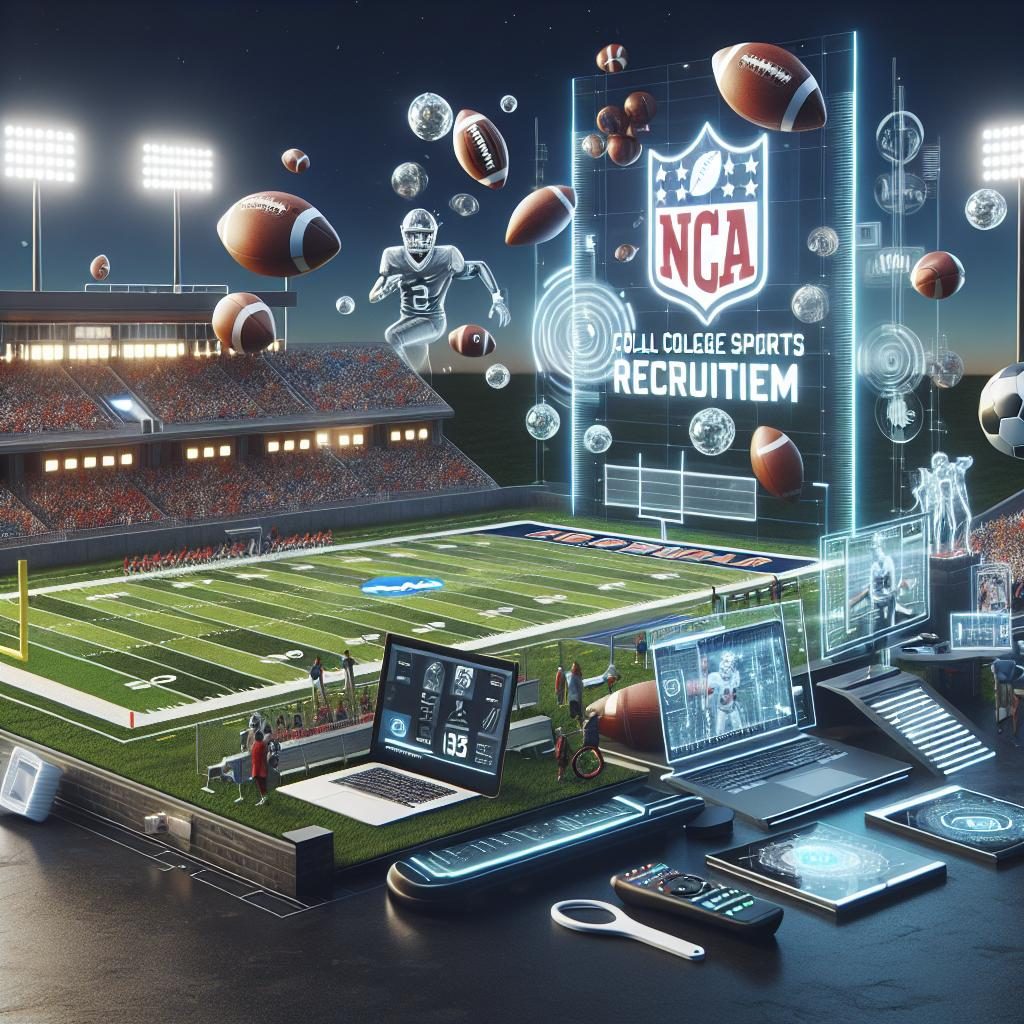NCAA Division I Council Makes Major Changes to Recruiting Landscape
In a surprising move, the Division I Council of the NCAA has announced the immediate elimination of the national letter of intent (NLI) program. This decision marks a significant shift in college athletics, as the NLI has been a staple since its establishment in 1964, serving as the formal, binding agreement between high school athletes and college programs for 60 years.
Starting now, the NLI will be replaced by a new financial aid agreement. This new agreement is designed to retain many of the core functions of the NLI but will likely connect to a soon-to-be-implemented revenue-sharing model across college sports. This change comes at a time when the NCAA is preparing for major transformations in response to an impending legal settlement that is expected to award approximately $2.8 billion in damages to former and current college athletes.
Under the newly approved rules, transfer athletes can officially sign with a new school once they have entered the transfer portal. Once a prospective athlete has signed a written offer of athletic aid, other schools will be prohibited from any recruiting communications.
This decision follows last year’s changes made by the Collegiate Commissioners Association, which allowed athletes to withdraw from NLI agreements without facing penalties under specific conditions, such as coaching changes. Those adjustments went into effect for the 2023-24 signing periods, primarily affecting athletes enrolled in the 2024-25 academic year.
Looking ahead, it’s possible that the NCAA recruiting calendar could see further changes, especially concerning football. Earlier this year, college commissioners chose not to vote on introducing a new June signing period for high school athletes.
The early signing period for the 2025 recruiting cycle is set to start on December 4, 2024, while the traditional signing period will begin on February 5, 2025.
This latest development indicates a clear trend towards modernizing college athletics, aiming to better align with the evolving landscape of athlete recruitment and compensation.









